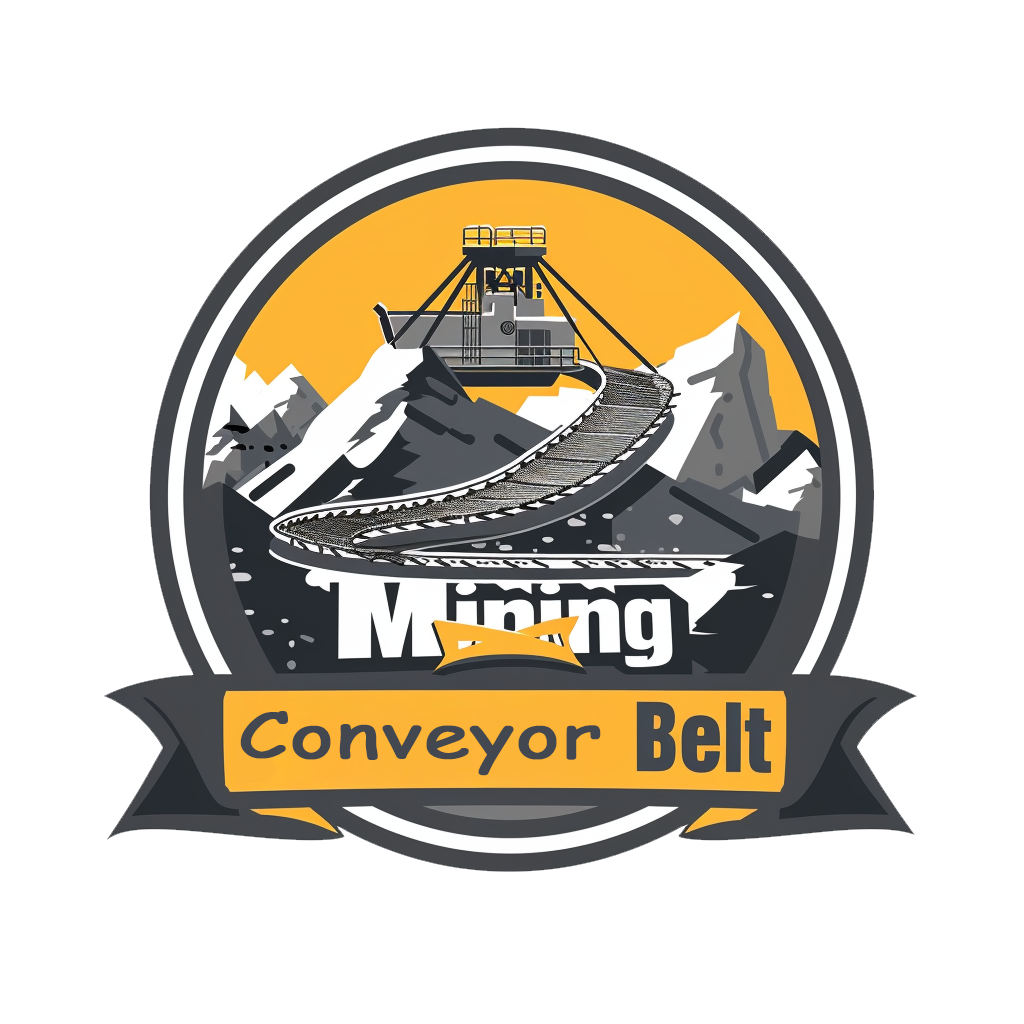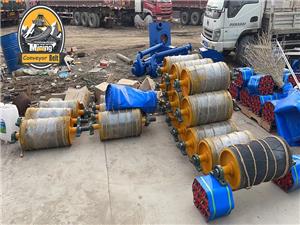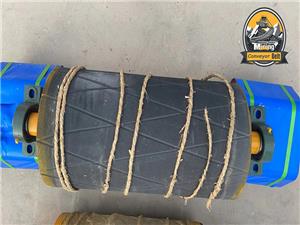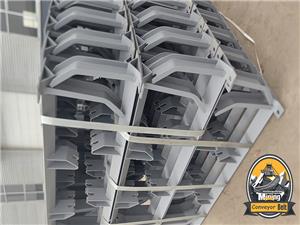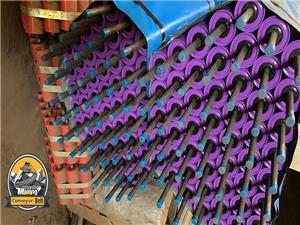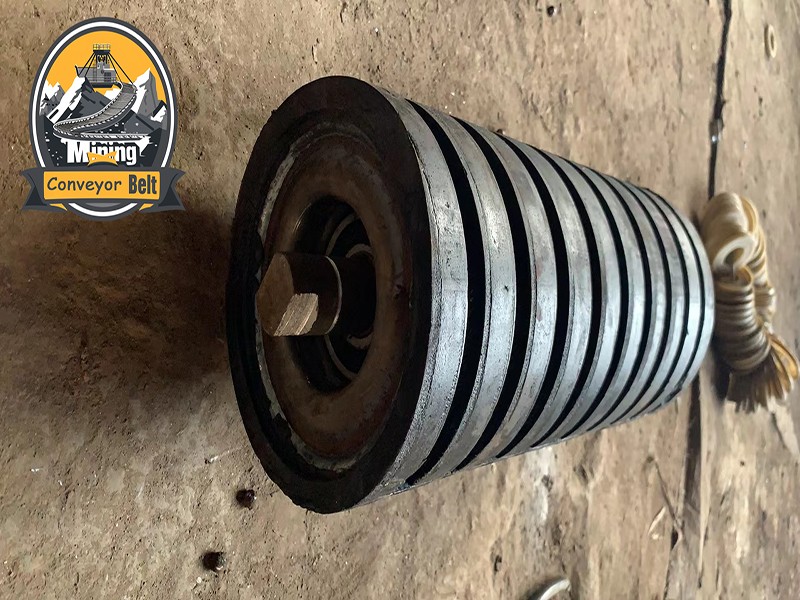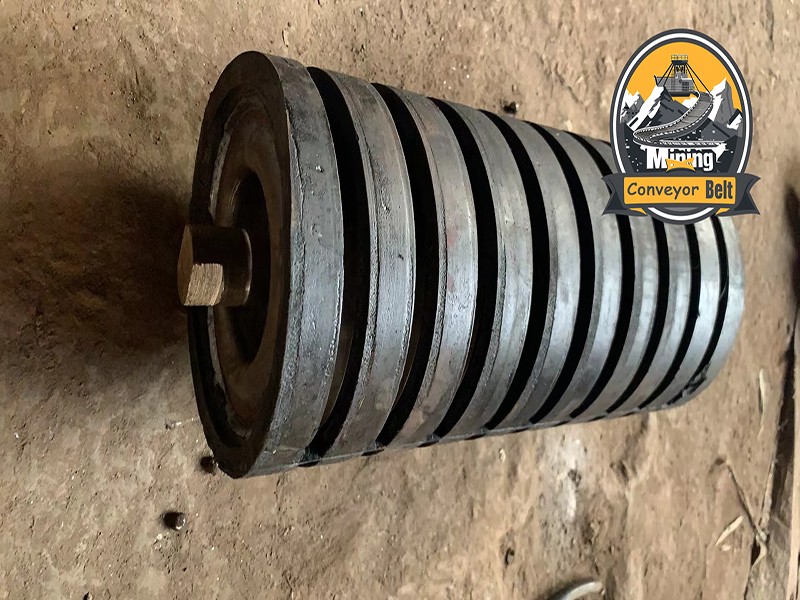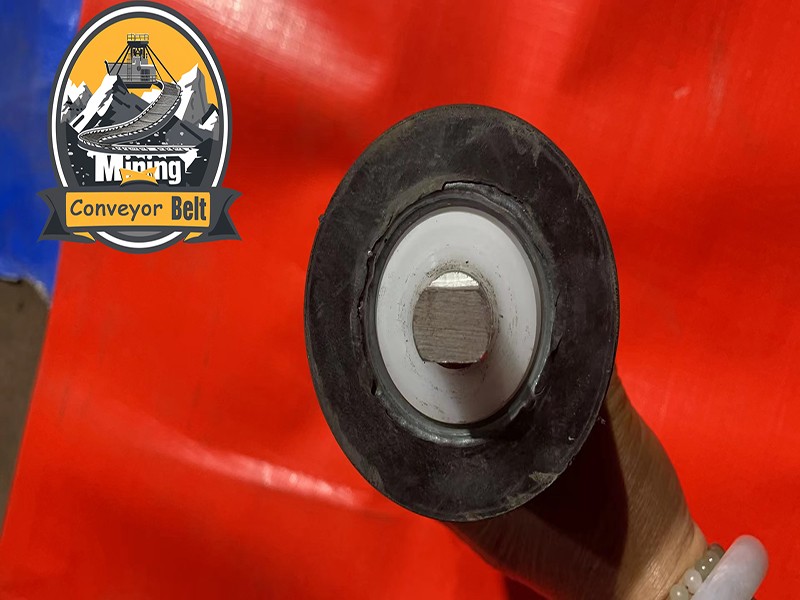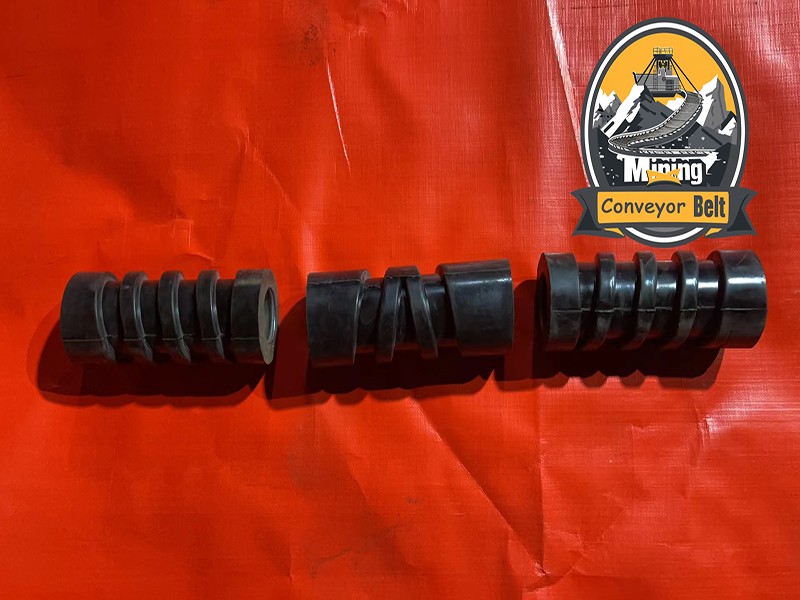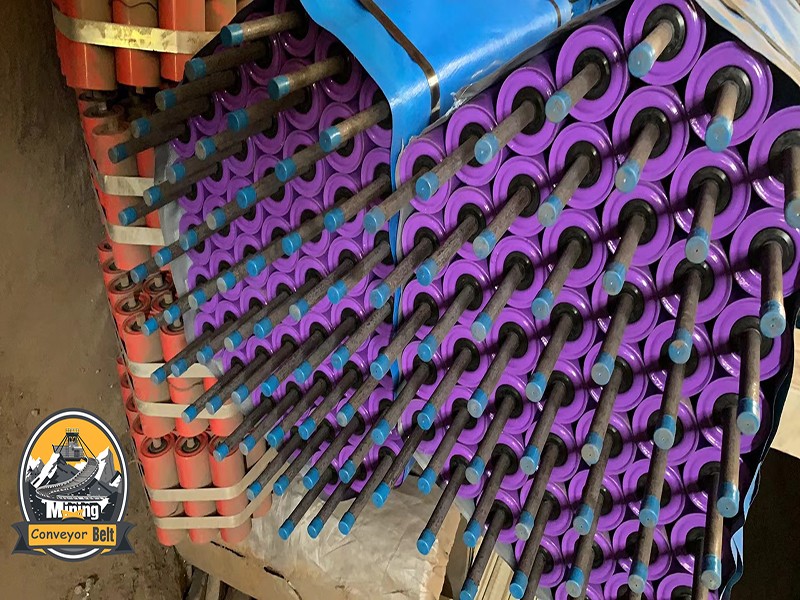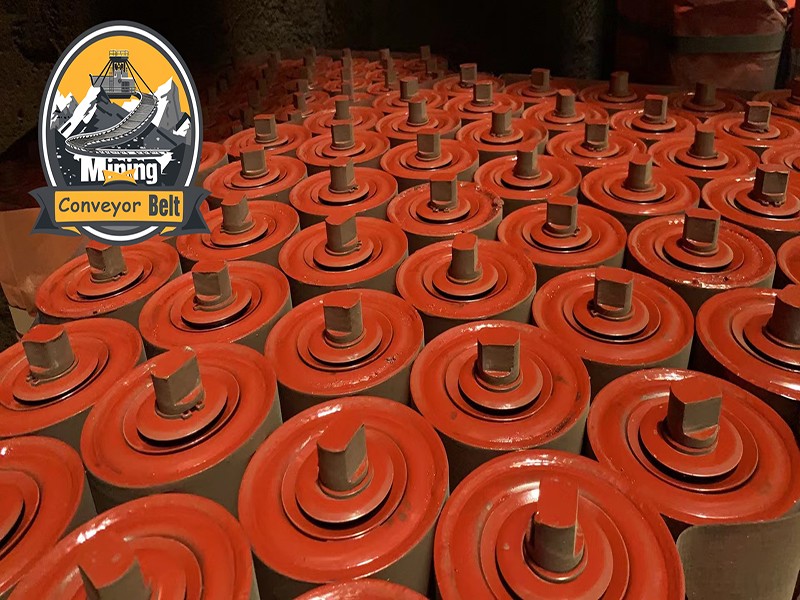
Conveyor Belt's Vee Rollers conveyor belt rollers suppliers drive rollers for belt conveyors
Brand Xiamen Mining
Product origin Xiamen
In the complex world of belt conveyor systems, various types of idlers play crucial roles in ensuring smooth and efficient material transport. Among these, Vee Rollers, also known as V-type idlers, stand out as a specialized solution designed for specific applications, particularly in DTII and DTII(A) type belt conveyors. This article delves into the world of Vee Rollers, exploring their unique characteristics, benefits, and applications, while addressing common questions from a user's perspective, all backed by the comprehensive data you've provided.
What are Vee Rollers and What Makes Them Special?
Vee Rollers are a type of return idler designed to support the conveyor belt on its return journey. Their distinctive "V" shape, from which they derive their name, offers a larger trough angle compared to standard troughing idlers. This design is particularly beneficial in preventing belt misalignment and is often used in conjunction with inverted V-type (Anti-V) rollers on the head and tail sections of the conveyor to form a diamond-shaped cross-section, further enhancing belt tracking. They are primarily used in DTII and DTII(A) type belt conveyors.
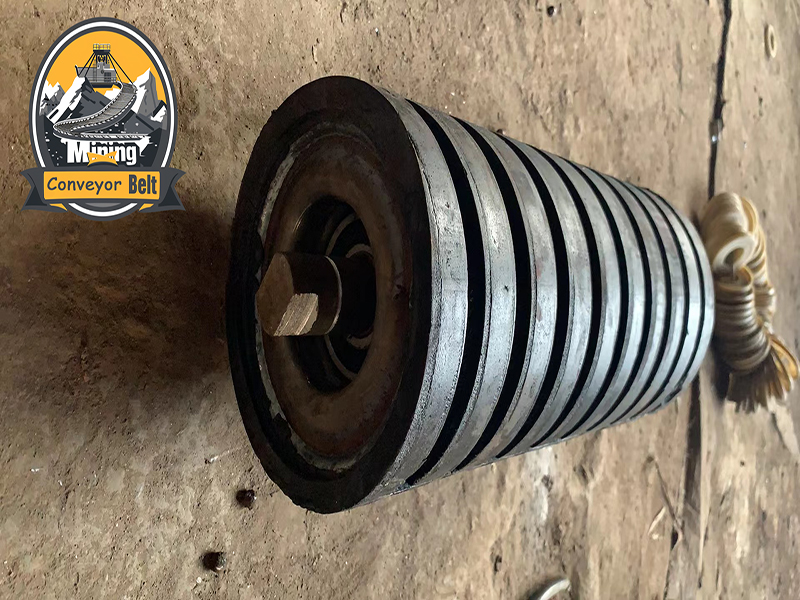
My Questions as a User and How Vee Rollers Provide the Answers:
1. What is the primary function of a Vee Roller?
Answer: The main function of a Vee Roller is to support the return side of the conveyor belt. Their "V" shape helps to reduce the possibility of belt misalignment and, when used with Anti-V rollers, creates a more stable belt path.
2. What are the typical trough angles for Vee Rollers in different conveyor types?
Answer: In DTII type conveyors, Vee Rollers typically have trough angles of 35 and 45 degrees. In DTII(A) type conveyors, the angles are even larger, at 50 and 60 degrees.
3. How do Vee Rollers compare to U-type rollers?
Answer: While U-type rollers, with their 30-degree trough angle, are common in general-purpose TD75 type conveyors, Vee Rollers are designed for the specific needs of DTII and DTII(A) type conveyors. Their larger trough angles provide better material containment for certain applications.
4. What are the benefits of using Vee Rollers with Anti-V rollers?
Answer: When used together, Vee and Anti-V rollers form a diamond-shaped cross-section on the return side of the belt. This configuration is highly effective in preventing belt misalignment.
5. Where are Anti-V rollers typically installed?
Answer: Anti-V rollers are typically installed on one or two sets of lower idlers at the head and tail sections of the conveyor, working in tandem with Vee Rollers.
6. What materials are used in the construction of Vee Rollers?
Answer: Similar to other high-quality idlers, Vee Rollers are often made from materials with high wear resistance and strength. For example, some are made from materials that are 6-7 times more wear-resistant than steel, similar to those used in U-type rollers.
7. How do Vee Rollers contribute to preventing belt misalignment?
Answer: Belt misalignment can be caused by uneven loading, inaccurate belt joints, or misalignment of idlers and pulleys. The V-shape of these rollers, especially when combined with Anti-V rollers, helps to guide the belt back to the center, counteracting these issues. Remember, a misaligned belt can lead to significant wear and tear, reducing its lifespan, which is a costly problem considering the belt can represent 25-30% of the total conveyor cost.
8. What is the role of idlers in general in a conveyor system?
Answer: Idlers, including Vee Rollers, play a critical role. They support the belt and load (upper idlers), support the return belt (lower idlers), maintain the conveyor's shape, help prevent belt misalignment, and absorb impact. They represent 35% of the total cost of a belt conveyor and are responsible for 70% of the resistance.
9. What is the typical lifespan of a well-maintained idler?
Answer: A well-maintained idler, including Vee Rollers, can have a service life of 20,000 hours or more.
10. What industries commonly use Vee Rollers?
Answer: Vee Rollers are used in various industries, including those with demanding environments like mining, steel, cement, quarries, and power plants, where belt conveyors are essential for material transport.
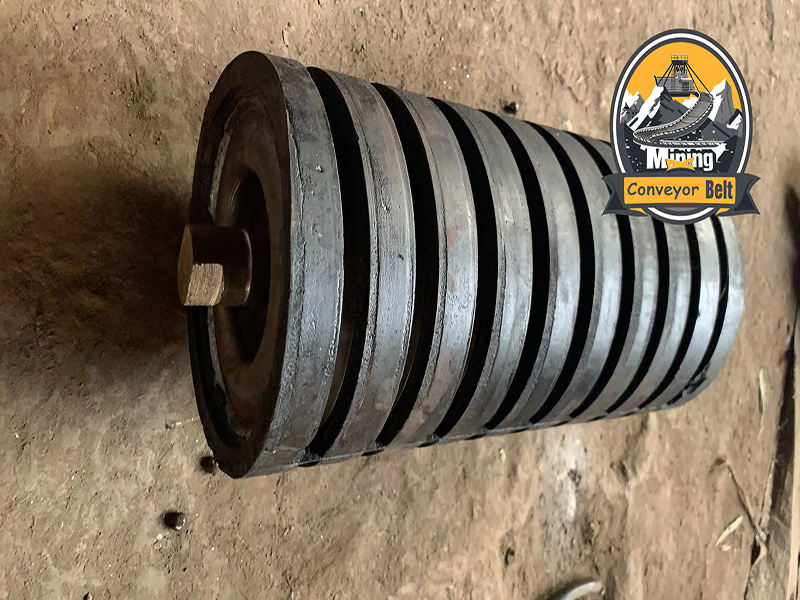
Conclusion: Vee Rollers - A Specialized Solution for Belt Conveyor Optimization
Vee Rollers are a testament to the specialized engineering that goes into optimizing belt conveyor systems. Their unique "V" shape, with its larger trough angles, provides distinct advantages in specific applications, particularly in DTII and DTII(A) type conveyors. By working in conjunction with Anti-V rollers, they offer a robust solution for preventing belt misalignment, a critical factor in maintaining the longevity and efficiency of the conveyor system. While they may seem like a small part of a larger system, their impact is significant, contributing to a longer lifespan for the conveyor belt, which can represent 25-30% of the total conveyor cost. Choosing the right idler, like the Vee Roller, is a strategic decision that can lead to improved performance, reduced maintenance, and ultimately, a more profitable operation. They are a prime example of how specialized components can make a substantial difference in the world of industrial efficiency.
